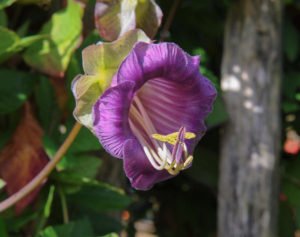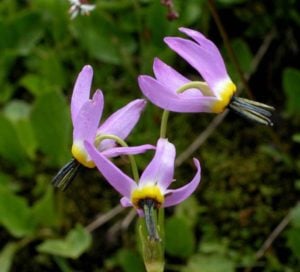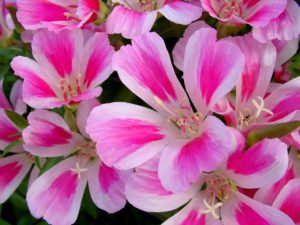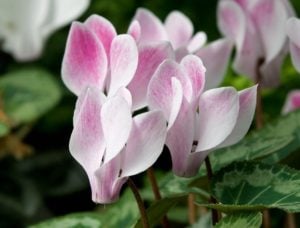There are flowers that play a major role in our flower beds, while others serve as an addition to them, but without them the flower garden looks much worse. It is to the second group is the gypsophila. Its flowers with a diameter of 1 cm will decorate any flower garden. Lush blossoms of gypsophila resemble a whisk. Add the gypsophila to any bouquet, and it will become more airy and beautiful.
Gypsophila is a representative of the Caryophyllaceae family. It is also called “Baby’s-breath”. Many species of gypsophila grow on limestone. Genus of gypsophila includes more than a hundred species, they can be found in Eurasia, and in Australia, and In new Zealand, in North-East Africa.
The gypsophila flowers are predominantly white in color and the diameter is 0.4-0.7 mm. are the types and with pink color. Flower stalk leafless, with a length of 10-50 cm Subshrub species can reach 120 cm.
Reproduction of gypsophila
There are the following variants of reproduction of gypsophila:
- Seeds. Plant gypsophila seeds should be in April-may. In autumn, the sprouts are transplanted to a permanent place. Perennial species can grow in one place for about 25 years. In early spring, and planted perennial and annual forms. The soil should be well permeable.
- Cuttings and grafting. Such methods are used for terry species. Cuttings can serve as young shoots, maturing in may-June. Rooted cuttings of gypsophila is bad-failure to comply with the period of cuttings can lead to failure. Pay special attention to watering – cuttings do not tolerate too moist soil. Grafted cuttings terry species in the spring “cleft grafting” on nemahrovye forms.
Gypsophila care
- Many growers like gypsophila due to its relative simplicity. All care is reduced to watering and periodic feeding.
- Another positive quality of gypsophila is its resistance to cold . Young plants still need shelter in winter. Be sure to mulch the soil with bark, leaves.
- Plant a gypsophila on a well-lit area, although in shading the plant will grow well too.
- The soil for planting should be well drained, nutritious and contain lime.
- Before flowering, do not forget to make support for heavy bushes.
- Do not forget to trim the plant after flowering in the summer – it stimulates the formation of young shoots.
Types of gypsophila
G. elegans with small flowers of pink, white or bright red color with a diameter of 1 cm Is an annual plant with a height of about 40-50 cm of the Stalks dropped and collected in the lush blossoms in panicles. May bloom 2-3 months after sowing seeds.

Gypsophila paniculata with numerous flowers 1 cm in diameter It is a perennial plant up to 80 cm Plant takes the form of a spherical bush.

G. muralis has the shape of a Bush and reaches 30 cm. Flowering lasts from June to August, its peak falls on the middle of summer.

Gypsophila looks great in summer and winter bouquets, keeping its decorative properties in the dried form. Gypsophila paniculata is good in single landings. And remember, to bloom, gypsophile requires a long day-at least 13-14 hours of daylight. And the rest of it is relatively unpretentious and perfectly complement your flower garden!








